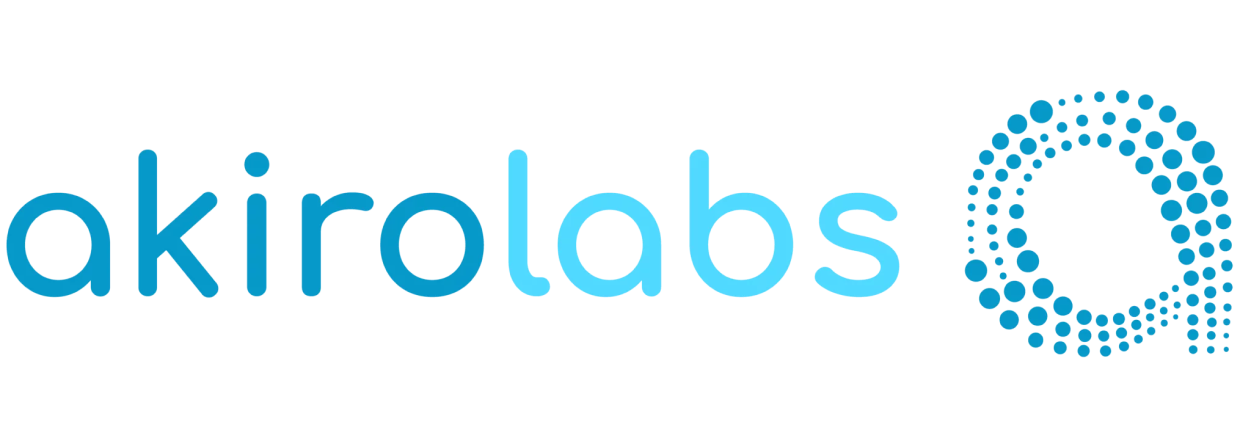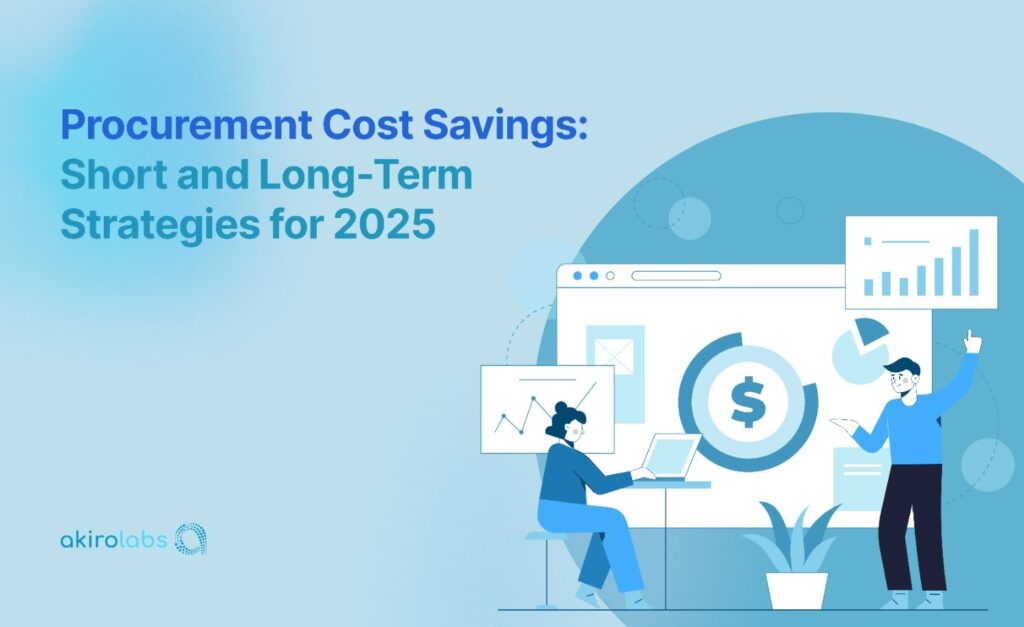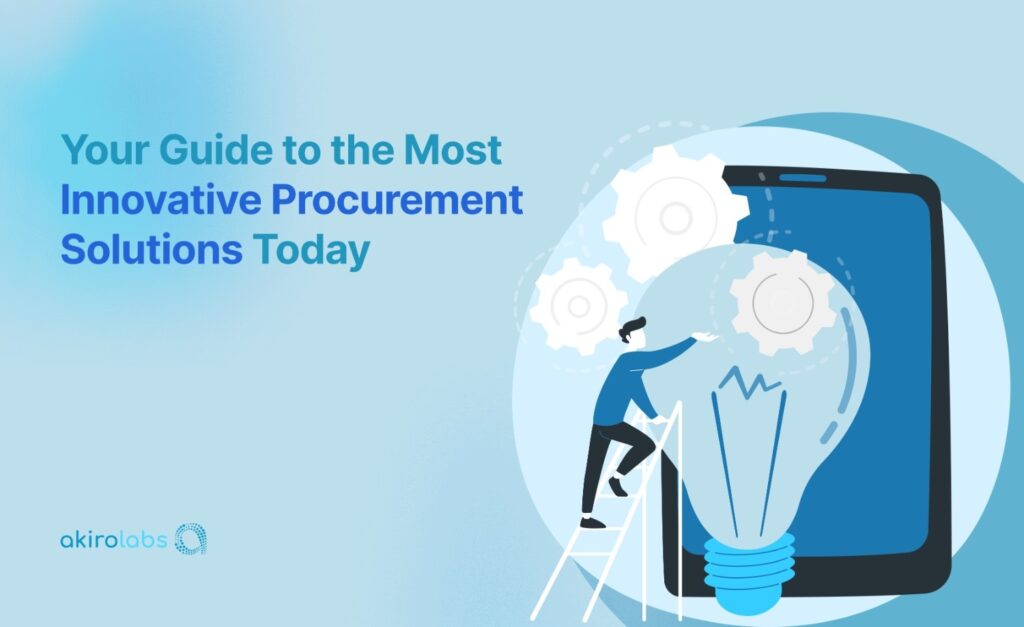Imagine transforming your procurement from a routine cost center to a dynamic force that strategically drives business success. This is the power of category management in procurement!
It’s a game-changing approach that segments goods and services into distinct categories for better management and enhanced efficiency.
As businesses navigate increasingly complex supply chains and fluctuating market demands, mastering category management becomes advantageous and essential.
In this article, we will look at how category management streamlines operations, cuts costs, fortifies supplier relationships, and injects agility into procurement practices.
What is Category Management in Procurement?
Category management is a strategic procurement and supply chain approach that involves grouping similar products, services, or commodities into defined categories.
This allows organizations to consolidate their purchasing power, negotiate favorable contracts, and form long-term relationships with suppliers.
By treating each category as a strategic business unit, organizations can:
- Streamline the purchasing process
- Understand market trends
- Evaluate supplier performance
- Align procurement activities with overall business objectives
Key Objectives of Category Management
The primary objectives of category management include:
- Enhanced Strategic Sourcing: To identify the best sourcing strategies for each category, ensuring that procurement decisions are data-driven and aligned with market trends.
- Improved Spend Visibility: To understand spending patterns across categories comprehensively, enabling better forecasting and budgeting.
- Supplier Optimization: To develop strong relationships with key suppliers, fostering collaboration and innovation while reducing risks associated with supply chain disruptions.
- Cost Reduction: To leverage collective purchasing power across categories to negotiate better pricing and terms, ultimately leading to significant cost savings.
- Risk Mitigation: To identify and manage risks associated with supplier performance, market volatility, and compliance issues within each category.
Benefits for Efficiency, Supplier Management, and Cost Reduction

Implementing category management brings several benefits that enhance overall procurement performance:
- Efficiency Gains: By categorizing purchases and streamlining processes, organizations can reduce administrative burdens and improve the speed of procurement cycles. This leads to quicker decision-making and more agile responses to market changes.
- Supplier Management Improvement: A focused approach to supplier relationships improves performance evaluation and collaboration. Organizations can work closely with suppliers to drive innovation, improve quality, and ensure compliance with standards.
- Cost Reduction: Companies can achieve significant cost savings through strategic sourcing and bulk purchasing within categories. Organizations can reduce overall procurement costs while maintaining quality by negotiating favorable contracts based on consolidated spend data.
Types of Procurement Categories

With a clear understanding of established category management, we can now examine the various procurement categories organizations typically encounter.
1. Direct Materials
Direct materials refer to the raw materials and components that are directly used in manufacturing products. These materials are essential for creating the final goods that a company sells to its customers.
Examples of Direct Materials:
- Raw Materials: Steel, plastic, and wood used in manufacturing.
- Components: Electronic parts, engines, or sub-assemblies that become part of the final product.
- Packaging Materials: Boxes and containers used to package finished goods.
Direct materials are important in production because they directly impact product quality, cost, and overall production efficiency. Efficient management of direct materials can reduce production costs, improve product quality, and ensure timely delivery of goods to market.
Organizations that effectively manage their direct materials often experience enhanced competitiveness and profitability.
2. Indirect Materials
Indirect materials, on the other hand, are supplies that are not directly incorporated into the final product but are necessary for the business’s overall operation. These items support day-to-day activities and contribute to maintaining operational efficiency.
Examples of Indirect Materials:
- Office Supplies: Pens, paper, and printer cartridges.
- Maintenance Supplies: Cleaning products and tools required for facility upkeep.
- Equipment and Machinery Maintenance Parts: Spare parts for machinery that ensure smooth operations.
The role of indirect materials in business operations is significant, as they facilitate various organizational functions. While they do not directly contribute to producing goods, they are essential for maintaining productivity and supporting employee performance.
Effective procurement strategies for indirect materials can lead to cost savings and improved operational efficiency.
Benefits of Category Management in Procurement
Understanding the types of procurement categories sets the stage for discussing the numerous benefits that effective category management can bring to an organization.
- Improved Insights: Category management, through consolidated spend data, provides a clearer understanding of costs, vendor performance, and potential supply chain issues. This insight enables better decision-making and contract management.
- Increased Savings: Organizations can negotiate better prices and improve performance by leveraging category expertise, leading to significant cost reductions. Economies of scale can further enhance savings through long-term purchasing strategies.
- Reduced Risk Exposure: A comprehensive understanding of each vendor allows for proactive supplier management, minimizing the risks associated with unreliable or unknown suppliers.
- Greater Procurement Efficiency: Streamlined and automated processes enable teams to respond quickly to market changes, freeing time for value-added activities.
- Enhanced Supplier Collaboration: Category management fosters stronger supplier relationships through improved communication and collaboration, driving innovation and mutual success.
- Proactive Purchasing and Trend Analysis: By analyzing historical data, organizations can anticipate needs and identify emerging trends, allowing for informed sourcing decisions that minimize supply chain disruptions.
- Support for Sustainable Procurement: Category management helps organizations prioritize environmental and social responsibility by evaluating suppliers based on their sustainability practices.
- Strategic Alignment of Internal Teams: By aligning procurement activities with broader business goals, category management breaks down silos and enhances collaboration across departments.
Procurement Category Management Process

Having explored the benefits, we will outline the procurement category management process, detailing the steps in implementing effective strategies.
Stage 1: Identification of Required Products and Services
The first step in the procurement category management process is need assessment. This involves:
- Identifying Requirements: Engaging stakeholders to understand their needs and gather insights on the products and services required for operational success.
- Market Research: Conduct research to identify available products and services in the market that meet the identified needs.
- Demand Forecasting: Analyzing historical consumption data to predict future requirements, ensuring that procurement aligns with demand trends.
This stage is crucial for clearly understanding the organization’s needs and setting the foundation for effective category management.
Also read: Guide to Identifying Procurement Categories and Types
Stage 2: Category Role and Performance Analysis
In this stage, organizations conduct a category role and performance analysis by:
- Evaluating Historical Data: Analyzing past spending patterns, supplier performance, and market conditions to assess how different categories have performed over time.
- Categorizing Spend: Grouping expenditures into distinct categories based on similarities in use, function, or supplier relationships. This helps in understanding the strategic importance of each category.
- Identifying Opportunities: Pinpointing areas for improvement or consolidation within categories, such as identifying underperforming suppliers or opportunities for cost savings.
Advanced analytics and reporting tools can enhance this phase, helping benchmark supplier performance and inform category strategies.
Stage 3: Setting Objectives and Targets
Once the analysis is complete, organizations move on to setting objectives and targets, which involves:
- Defining Specific Goals: Establishing clear objectives for each category based on organizational priorities, such as cost reduction, quality improvement, or supplier diversification.
- Developing Key Performance Indicators (KPIs): Identifying measurable KPIs to track progress toward achieving these goals. Common KPIs include cost savings achieved, supplier performance ratings, and compliance rates.
- Engaging Cross-Functional Teams: Collaborating with teams from finance, operations, and marketing during strategy development ensures diverse perspectives are considered and that category strategies align with broader organizational objectives.
Setting well-defined objectives helps guide the development of effective category strategies.
Stage 4: Strategy Development and Implementation
The final stage involves strategy development and implementation, which includes:
- Creating Category Strategies: Based on insights gained from previous stages, develop tailored strategies for each category. These strategies may involve sourcing strategies, supplier engagement plans, or risk management approaches.
- Implementation: Engaging with suppliers, negotiating contracts, monitoring performance, and implementing standardized procurement processes. Establish clear performance metrics to monitor supplier performance regularly.
- Continuous Improvement: Establishing feedback loops to assess strategy effectiveness and make adjustments as necessary. Regular reviews ensure that category strategies remain relevant and aligned with changing business needs.
This ongoing evaluation is vital for producing sustainable results. Category management is an iterative process; thus, monitoring supplier performance and analyzing market dynamics will help refine strategies over time.
Category Management as the Source of Strategic Sourcing
Category management is vital for effective strategic sourcing and enhancing procurement processes to achieve organizational goals. While distinct, these two approaches optimize purchasing and drive value.
- Alignment of Objectives: Both category management and strategic sourcing aim to reduce costs and improve supplier performance. When aligned, they enable substantial savings and foster strong supplier relationships that support long-term success.
- Data Sharing and Collaboration: Category management facilitates comprehensive spend analysis, providing valuable insights that inform strategic sourcing decisions. This collaboration ensures that the right suppliers are chosen based on organizational priorities.
- Supplier Relationship Development: Category managers identify strategic suppliers that align with business objectives. Strategic sourcing then negotiates favorable contracts with these suppliers, building trust and encouraging innovation.
- Risk Mitigation: Category management, which focuses on market analysis and supplier risk assessment, informs the risk strategies used in strategic sourcing. This proactive approach helps organizations prepare for potential disruptions.
- Continuous Improvement: Both practices emphasize ongoing evaluation and optimization. Integrating them allows organizations to refine their strategies continually, enhancing procurement efficiency.
Also read: Sourcing: Definition, Concepts, and Difference from Procurement
Role of Agile Procurement in Enhancing Category Management

As we consider strategic sourcing, we must also examine the role of agile procurement in enhancing category management practices and adapting to changing market dynamics.
1. Flexibility and Responsiveness
Agile procurement empowers teams to respond rapidly to challenges within specific product categories, ensuring operational continuity. This flexibility is essential for maintaining efficiency in category management.
2. Improved Collaboration and Communication
Agile procurement enhances communication and alignment with organizational goals by fostering collaboration among internal stakeholders and suppliers. Engaging suppliers actively allows organizations to leverage their expertise, driving innovation and improving product quality.
3. Data-Driven Decision Making
Agile procurement relies on data analytics to inform purchasing decisions. By consolidating spend data and utilizing advanced analytics, organizations can identify cost-saving opportunities and make proactive decisions that align with market trends. Continuous monitoring of performance metrics further enhances category management effectiveness.
4. Continuous Improvement
The agile methodology promotes a culture of continuous improvement, encouraging regular evaluation of supplier performance and market dynamics. This iterative approach allows organizations to refine their category strategies over time, ensuring procurement practices remain relevant and effective.
Strategies for Effective Category Management
Finally, to conclude our discussion, here are some actionable strategies for effective category management that you can implement to drive success in your procurement efforts.
1. Demand Management and Supplier Segmentation
Demand management involves understanding and forecasting the organization’s needs to ensure that procurement aligns with consumption patterns. This can be achieved by:
- Analyzing Historical Data: Reviewing past purchasing behavior helps accurately identify trends and forecast future demand.
- Segmenting Suppliers: Classifying suppliers based on their importance and performance allows organizations to tailor their engagement strategies. High-value suppliers may require more strategic partnerships, while lower-value suppliers can be managed through transactional relationships.
2. Strategic Sourcing and Regular Spend Monitoring
Strategic sourcing is a critical component of category management that focuses on optimizing the procurement process through:
- Comprehensive Market Analysis: Evaluating market conditions, pricing trends, and supplier capabilities to inform sourcing decisions.
- Regular Spend Monitoring: Continuously tracking expenditures across categories helps identify opportunities for cost savings and areas where spending may not align with organizational goals.
3. Building and Managing Supplier Relationships
Strong supplier relationships are essential for successful category management. Organizations should focus on:
- Collaboration and Communication: Establishing open lines of communication with suppliers fosters trust and encourages collaboration on projects, innovations, and improvements.
- Performance Management: Regularly assessing supplier performance against established KPIs ensures that suppliers meet expectations and helps identify areas for improvement.
4. Data-driven Strategy Development and Implementation
Data plays a pivotal role in effective category management. Organizations should leverage data analytics to:
- Inform Decision-Making: Utilize data insights to guide strategy development, ensuring decisions are based on factual information rather than assumptions.
- Monitor Outcomes: After implementing category strategies, continuously analyze performance metrics to assess effectiveness and make necessary adjustments.
akirolabs: Optimizing Procurement Through Strategic Category Management
At akirolabs, we help you redefine category management, transforming it from a routine task into a strategic advantage. Our platform equips you with the tools and insights needed to align your procurement strategies with business goals, ensuring measurable value and long-term success.
Here’s how we optimize procurement through strategic category management:
- Tailored Strategies for Every Category: Use our extensive library of procurement levers to create customized strategies that address the unique needs of each category.
- Real-Time Adaptability: Adjust strategies dynamically as market conditions and business priorities evolve, ensuring your approach remains effective and relevant.
- AI-Powered Insights: Leverage internal and external data to identify trends, assess risks, and make data-driven decisions that boost performance.
- Collaboration-Driven Success: Unite cross-functional teams with intuitive workflows and shared dashboards to ensure alignment and stakeholder buy-in from the start.
- Integrated Sustainability Metrics: Embed ESG (Environmental, Social, and Governance) criteria into your category strategies to drive ethical and sustainable procurement.
- Value Tracking and Reporting: Monitor and compare outcomes against your objectives with tools that track value creation and highlight areas for improvement.
- Enhanced Efficiency: Automate repetitive tasks and streamline workflows, freeing up time for high-value strategic activities.
With akirolabs, category management becomes a key driver of procurement excellence. Let us help you achieve greater efficiency, sustainability, and alignment with your organizational goals through our strategic category management tools.
Conclusion
In conclusion, effective category management is essential for organizations looking to optimize their procurement processes and drive strategic value. By leveraging category management principles, businesses can enhance supplier relationships, improve cost efficiency, and align procurement efforts with broader organizational goals.
With akirolabs, you can access advanced analytics, centralized collaboration tools, and strategic scenario modeling designed specifically for category management. Our platform supports sustainability initiatives and ensures that your procurement practices contribute positively to corporate responsibility.
Ready to elevate your procurement strategy?
Schedule a demo today to discover how akirolabs can drive measurable business outcomes and give you a competitive edge!






